Affiliate links on Android Authority may earn us a commission. Learn more.
Xiaomi Mi 9T Pro review: Is it worth your money?
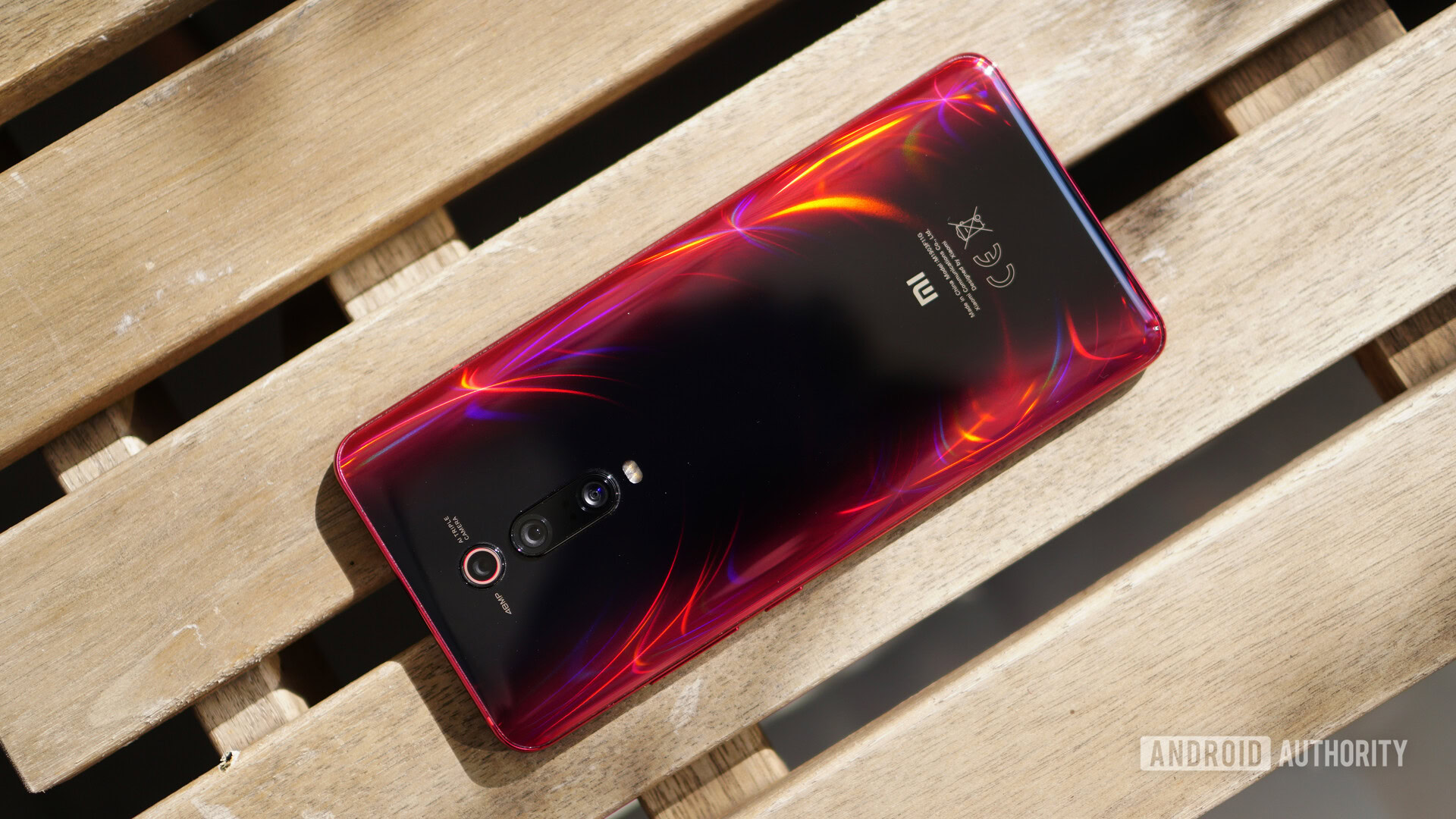
The Mi 9T Pro launched in Europe as Xiaomi’s first affordable flagship in the region. Technically this isn’t a new phone at all, as it was previously released outside of Europe as the Redmi K20 Pro. The Redmi brand doesn’t exist in Europe, so Xiaomi elected to release the phone with the Mi 9 family branding. Of course, there are a few market-specific differences like NFC, which we’ll discuss shortly.
My talented colleague Dhruv Bhutani gave the Redmi K20 Pro a thorough review in his native India where it’s being sold (alongside China). In his review, he highly recommended the phone based on its combination of great specs and cutthroat pricing.
Since the 9T Pro is basically the K20 Pro by another name, we figured it didn’t make a lot of sense to do another full review. Instead of bringing you a conventional Xiaomi Mi 9T Pro review, we’re doing something a bit different this time. In this article, we take a closer look at how the 9T Pro stacks up in real life, how capable it is in your everyday situations, and if it’s a phone you should consider picking up for yourself.
Update, March 16, 2020: The review was updated to reflect fresh software updates to MIUI 11, competition in the market, and the fact the price still hasn’t changed from the original RRP.
How is the Xiaomi Mi 9T Pro’s design and build quality?
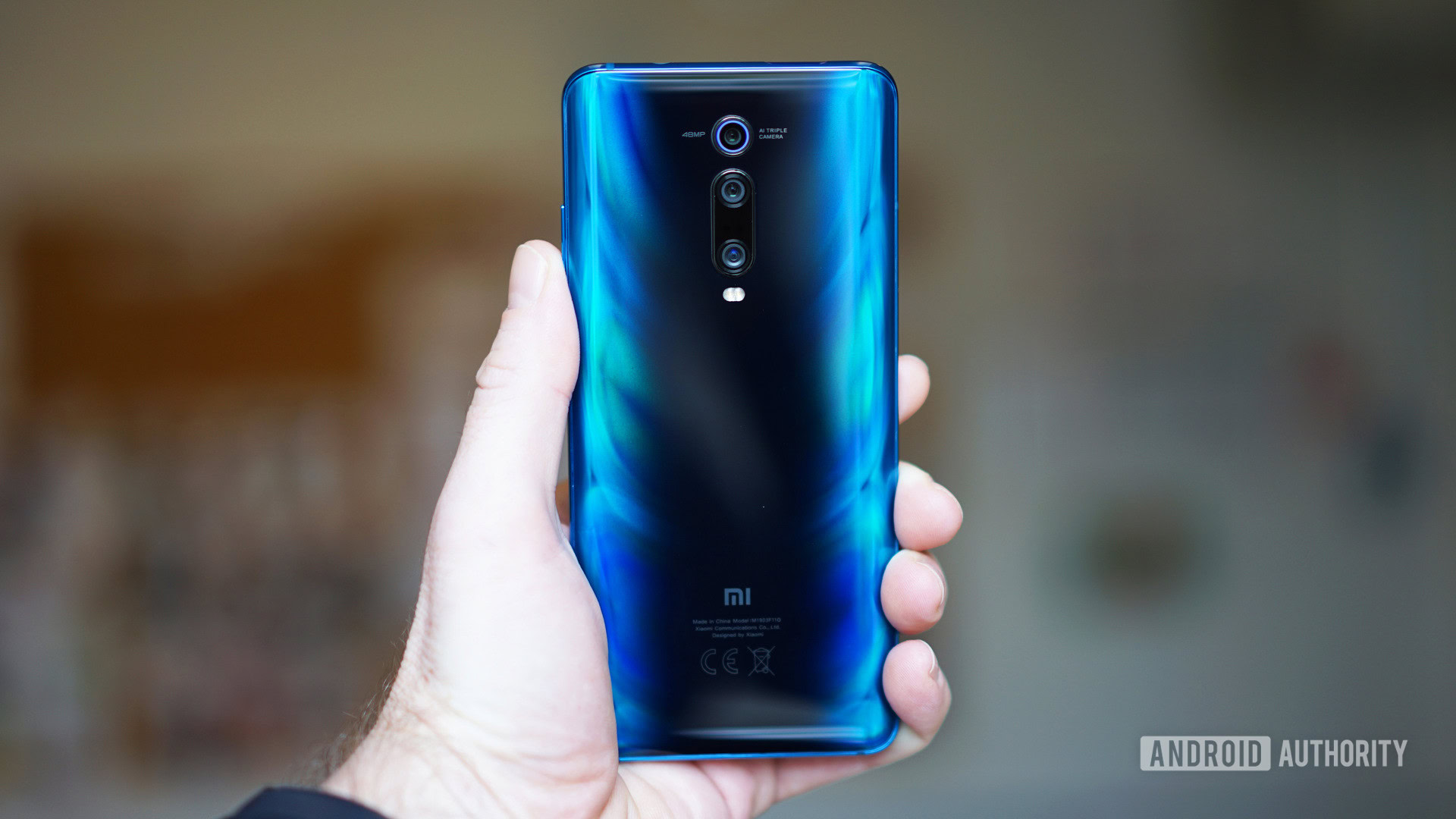
The Mi 9T Pro is very much an eye-catcher. The pop-up camera is still a real novelty for most people, and the swirling glass designs on the back in red and blue are great. I even like the accent on the camera in the triple-rear setup. The display is a full-screen affair, with no notch and small bezels. The whole design stands out in a good way.
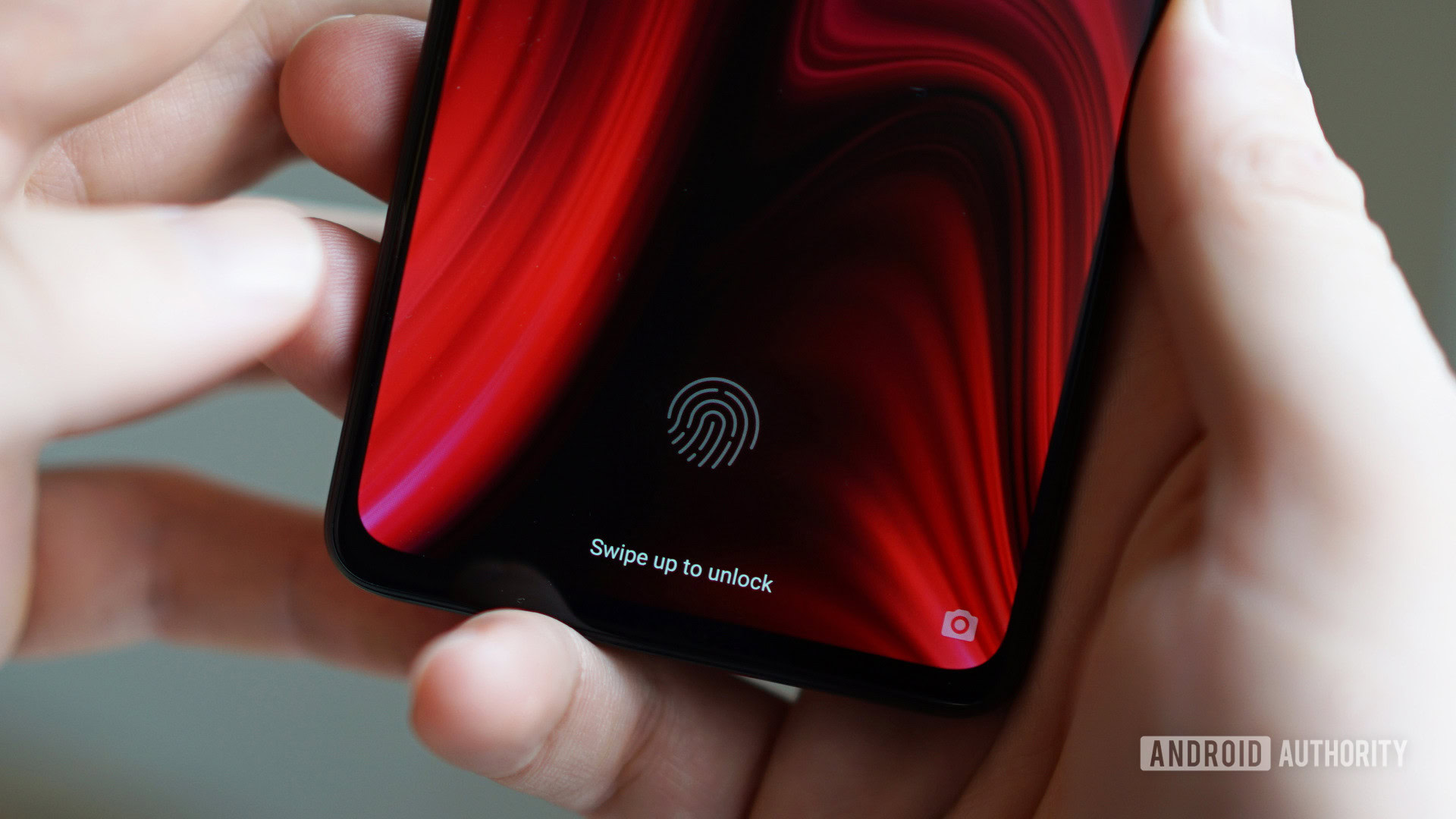
The under the display fingerprint sensor isn’t perfect, still just a split second too slow, but it works well enough that I don’t mind its inclusion, and the small animation when tapping it is fun. Did I mention there’s a headphone jack with the device, too?
In terms of omissions, there’s no waterproofing to speak of and no wireless charging.
Xiaomi Mi 9T Pro specs
| Xiaomi Mi 9T Pro | |
|---|---|
Display | 6.39-inch AMOLED 2,340 x 1,080 403 PPI HDR |
SoC | Qualcomm Snapdragon 855 Octa-core 7nm |
GPU | Adreno 640 |
RAM | 6GB/8GB |
Storage | 64GB/128GB/256GB |
Cameras | Rear: Main: 48MP, f/1.75, 0.8μm, Sony IMX586 Ultra-wide: 13MP, f/2.4, 1.12μm, 124.8-degree FoV Telephoto: 8MP, f/2.4, 1.12μm, 2x optical zoom Front: 20MP, f/2.2, 0.8μm |
Audio | 3.5mm port AAC/LDAC/aptX/aptX-HD/aptX-adaptive |
Battery | 4,000mAh Non-removable 27 watt fast charging 18 watt charger included |
IP rating | N/A |
Sensors | Accelerometer Ambient Light Camera laser focus E-compass Gyroscope In-display fingerprint Proximity |
Network | LTE FDD: B1/B3/B5/B7/B8 LTE TDD: B34/B38/B39/B40/B41 LTE B41 (2535 – 2655 120MHz) WCDMA: B1/B2/B5/B8 TD-SCDMA: B34/B39 CDMA EVDO: BC0 GSM: B2/B3/B5/B8 CDMA 1X: BC0 |
Connectivity | USB-C Wi-Fi 802.11 a/b/g/n/ac, 2.4/5Ghz Bluetooth 5.0 NFC |
SIM | Dual Nano-SIM |
Software | MIUI 10 Android Pie |
Dimensions and weight | 156.7 x 74.3 x 8.8mm 191 grams |
Xiaomi Mi 9 vs 9T Pro: What’s the difference?
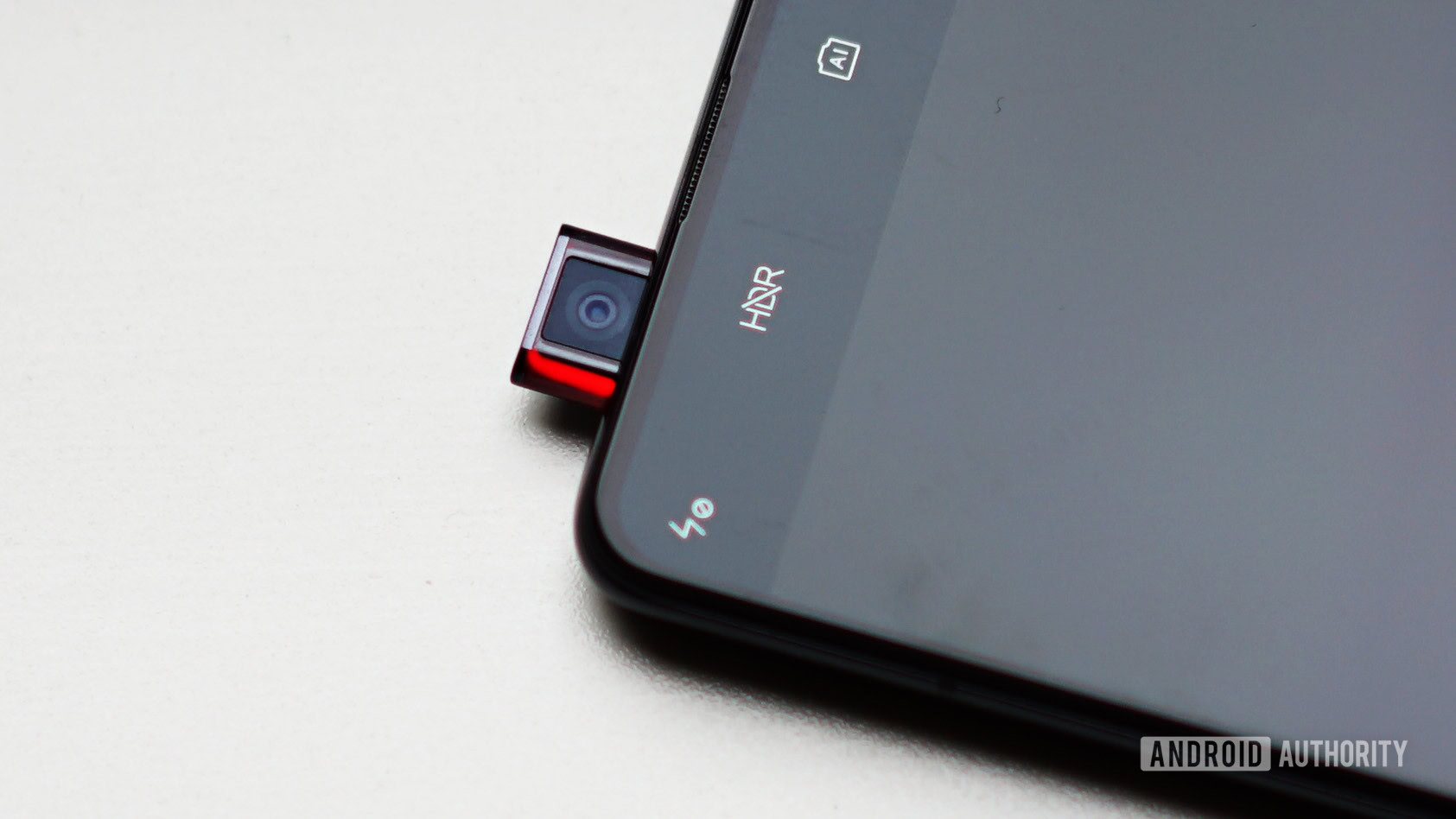
What’s the difference between the Mi 9 and this 9T Pro? While performance specs, SoC and RAM, along with the FHD+ (2,340 x 1,080) display are the same, there’s plenty to set the two models apart.
The Mi 9T Pro ditches the 9’s notch, thanks to the pop-up selfie cam. There’s also a bigger battery at 4,000mAh, vs. the 3,300mAh in the Mi 9. Finally, the Mi 9T Pro comes with a headphone jack — much to our delight. There’s also a protective case in the box, but no earbuds.
Comparing the Mi 9T and Mi 9t Pro is a similar exercise in head-scratching, but the Pro is essentially the beefier model, with faster SoC (Mi 9T Pro has the Snapdragon 855, the Mi 9T, on the other hand, has a slower Snapdragon 730 processor), better imaging sensor, faster charging, and dual GPS.
How similar are the Mi 9T Pro and the K20 Pro?

There are only three notable differences between the K20 Pro and the Mi 9T Pro:
NFC. The Mi 9T Pro has NFC, the K20 Pro in India does not. NFC is essential, and it’s great that Xiaomi has it in the European model.
Carrier bands. The Mi 9T Pro has one additional band, supporting Band 20. Band 20 had been missing on other Xiaomi phones reaching Europe, and this connectivity will be helpful for anyone traveling or for those that live outside of major cities.
Color choices. There’s one less color variant for the Mi 9T Pro, missing out on the K20 Pro’s Pearl White version, leaving Europeans with three choices: Carbon Black, Flame Red, and Glacier Blue. While the black is more sensible, the red and blue options have some seriously wild glass designs on the back. In full sunlight, which isn’t all that common in northern Europe admittedly, they really shine.
How is the software on the Mi 9T Pro?

I’m just going to get this out of the way: I’m not really a fan of MIUI 10 or the latest released MIUI 11, which is an improvement. The best thing I can say about the Mi 9T Pro’s software is it’s ad-free, something that many Xiaomi phones can’t claim. Unfortunately, it’s still packed full of bloatware. Pretty much every Google app has a Mi equivalent and it just feels unnecessary when Google’s apps already work so well.
The entire MIUI 10 experience is a bit buggy.
The entire MIUI 10 experience is also a bit buggy. There are no showstoppers, but there’s a range of genuinely curious hiccups throughout the device that leave me wondering what a regular user will think as they try and navigate it. Many Android users will turn off animations to make their device feel snappy, and that feels almost essential here. Turning off MIUI optimizations is a further step although not one for mainstream users, given it can introduce odds bugs and drain the battery faster.
It’s not just the bugs and bloat, it’s the design too. Icons are basic and boring. It’s almost like Xiaomi expects you to put a launcher on it. Meanwhile, the FHD+ display is actually a very good display, but the default home screen doesn’t stand out. It wasn’t until I launched games like Asphalt 9 that the AMOLED’s true qualities became clear.
As for the MIUI 11 update, it does go some way to smoothing the experience with less bugs, crucially. That’s the biggest improvement here, along with some additional features and design. The always-on-display feature isn’t bad and Screen Time (aka Digital Wellbeing) is useful.
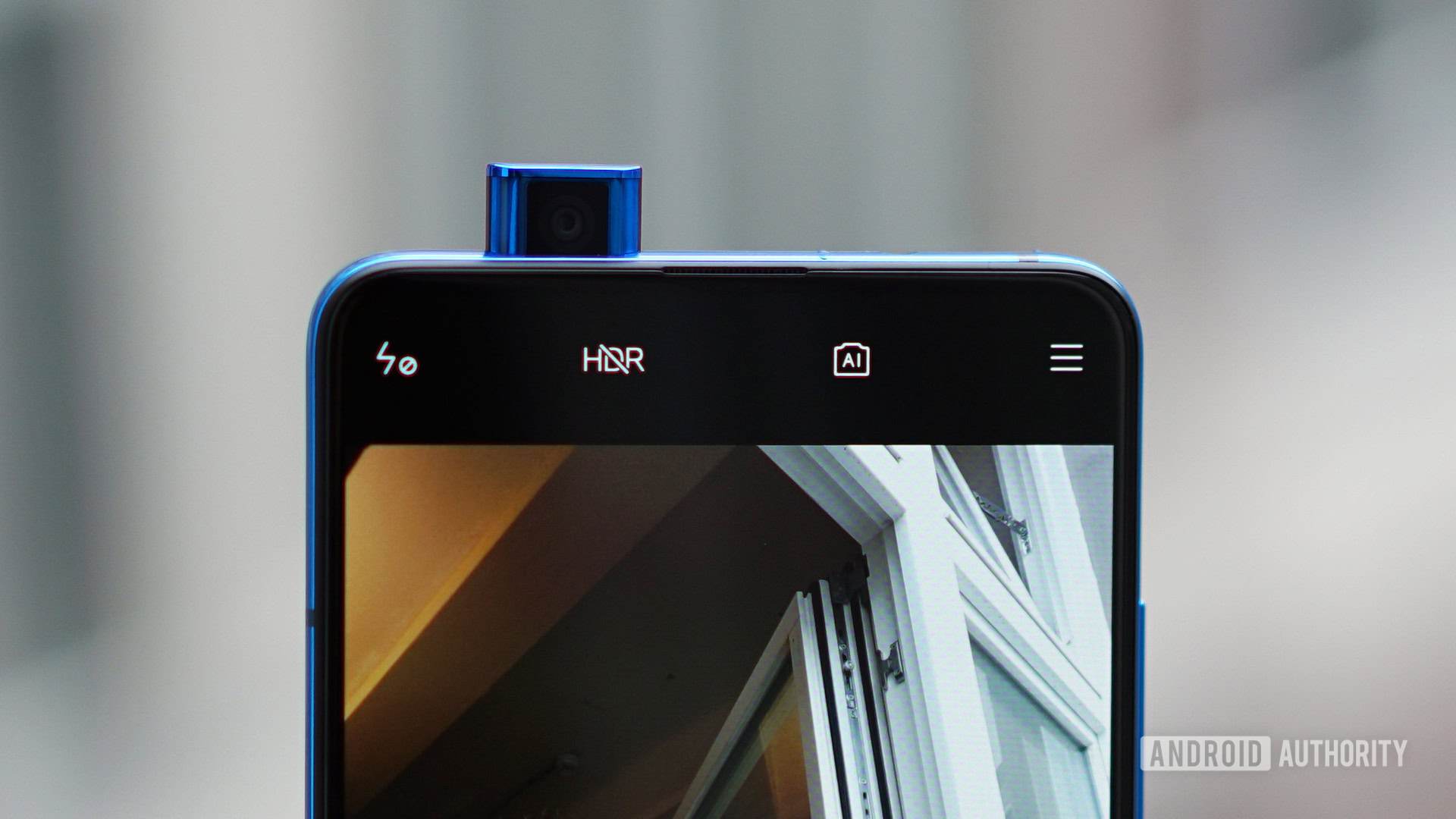
Probably one of the biggest issues I ran into is the Xiaomi watermark. For some reason, Xiaomi adds watermarks on all images taken with the camera. There’s no reason to interfere with people’s photos, and I guarantee people won’t realize this exists before they snap some shots, and see “SHOT ON MI 9T PRO” branded on the bottom left. Of all the things that are unnecessary and bad about the world of Mi, this needs the most attention.
A quick Google search for “xiaomi camera watermark” displays nothing but results where people are asking how to remove the watermark. Thankfully, removing the watermark isn’t that hard: open the camera, click the menu button at the top right, click settings, then turn off the “Device watermark” slider.
Our final gripe is the privacy policy. There’s some odd language in here that might turn off some folks.
I read section 1.1.2, “Information that we collect in your use of services” with some dissatisfaction. For unspecified reasons, Xiaomi collects usage information from your device, including: “CPU, storage, battery usage, screen resolution and device temperature, camera lens model.” I couldn’t find the same from the likes of Apple, Samsung, or OnePlus, for example. That kind of thing may strike you as unreasonable.
The good news is that Xiaomi semi-acknowledges its many software problems by providing bootloader access, which should make it reasonably easy to add custom ROMs if you are in love with the phone but want to ditch its default software.
What alternatives are to the Xiaomi Mi 9T Pro?
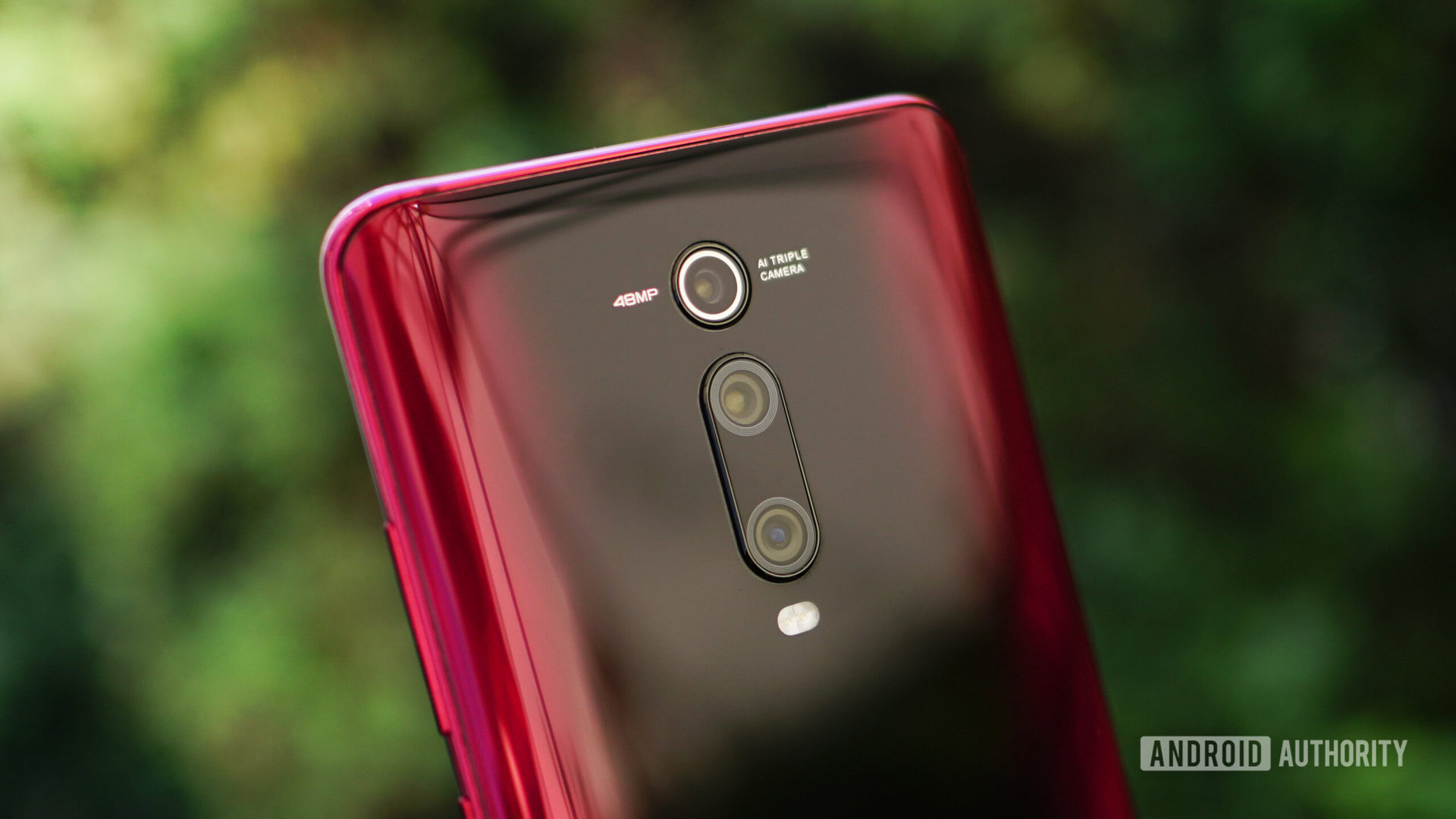
The Mi 9T Pro with 6GB RAM and 128GB storage retails on Amazon (only) for €450, in black, blue, and red. The price has varied over time with sales and deals but has remained at a consistent RRP. At that price, this puts the Mi 9T Pro up against the ASUS Zenfone 6, while the OnePlus 7 is comparable but around €100 more expensive. The new Samsung Galaxy A70 has now thrown its hat in the ring, too.
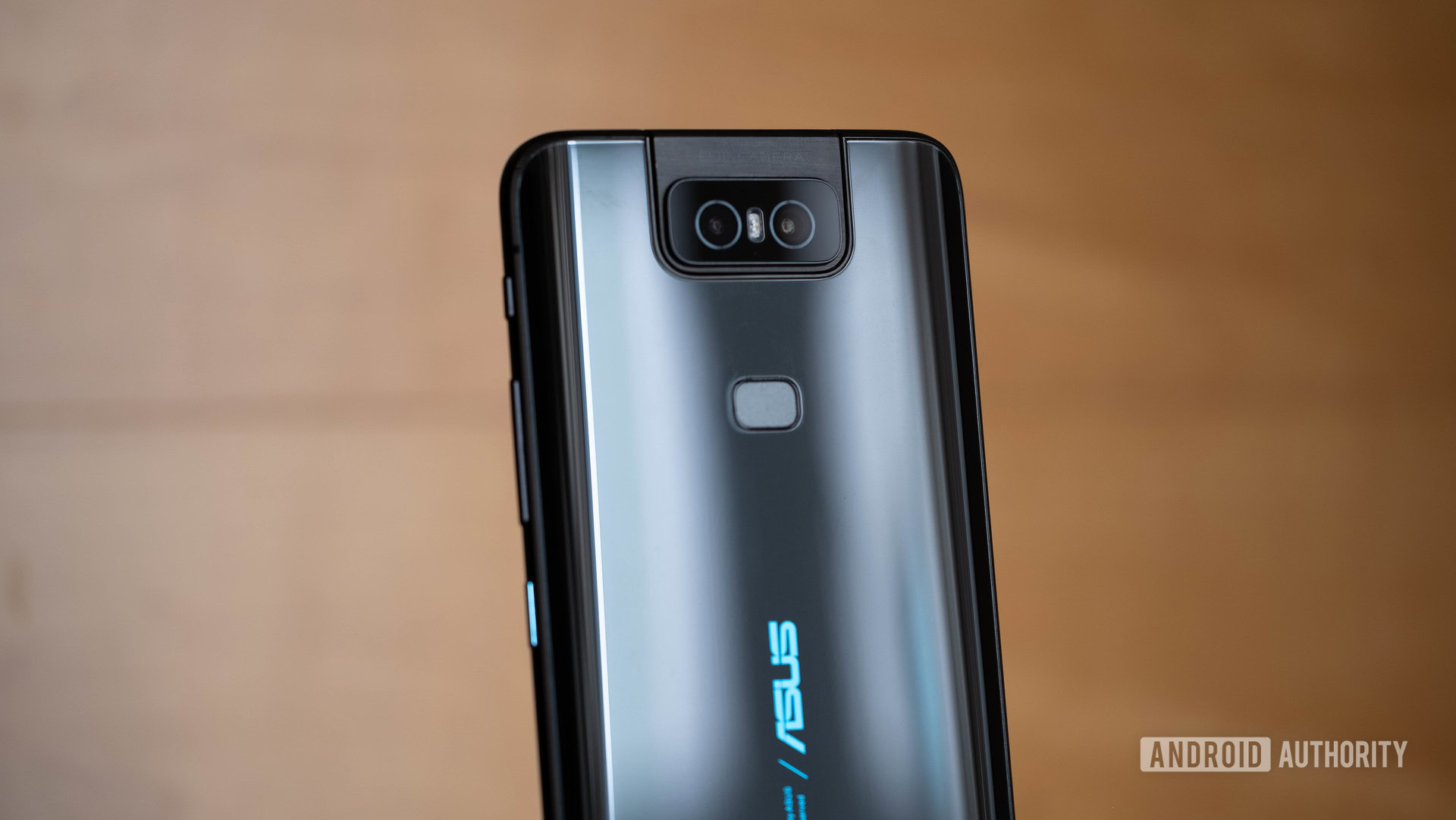
The Zenfone offers much of what the Mi 9T Pro packs, but also delivers stereo speakers, a bigger battery, and better software experience. On the bright side, the 9T Pro packs an AMOLED while the ZenFone sticks to LCD. The Zenfone 6 is a definite top contender, and it’s much cleaner software certainly gives it a big advantage as well.
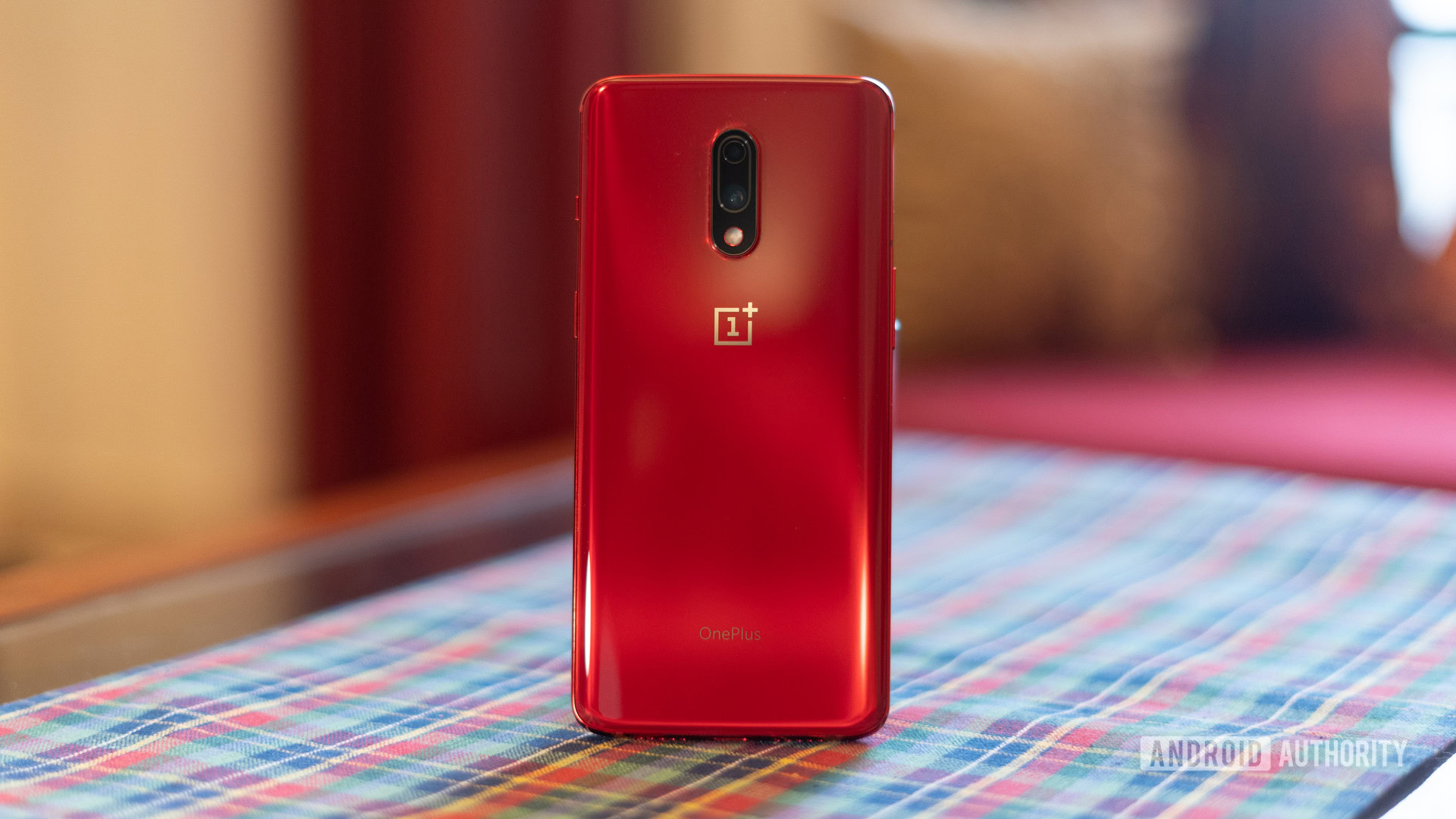
When comparing the Xiaomi Mi 9T Pro to the OnePlus 7, the first thing you’ll notice is the pricing. Direct pricing on Amazon here in Germany still leaves the OnePlus 7 around €180 more expensive even all these months after both have been released. Now, it does come with benefits: offering a Samsung-built AMOLED display, stereo speakers, better software with solid OnePlus support, and UFS 3.0 storage. Unfortunately, the OnePlus 7 has a smaller 3,700mAh battery.
When it comes to pure performance, our benchmark Speed Test G result shows the OnePlus 7 with a time of 1:32.5, while the K20 Pro’s best time was 1:39.1. That’s quite the performance difference. In real world use, we still found the Mi 9T Pro to work well with any game or app with threw at it. And the graphite cooling system Xiaomi is pushing did seem to keep the device at a cooler temperature than other devices I’ve used over similar stretches.
In terms of cameras, the OnePlus 7 has a single-camera with OIS and a larger aperture, compared to the Mi 9T Pro’s triple camera setup. Overall the cameras performed similarly.
Should you buy the Xiaomi Mi 9T Pro?

The reason I’ve gone to the trouble of finding these discouraging small problems with the Xiaomi Mi 9T Pro is that it’s so close to being a wonderful device. It’s powerful, it’s flashy, it’s well-built, it runs all the apps you know and love nicely, and it has just about the latest everything. No waterproofing and no wireless charging don’t seem like big omissions at a device half the price of flagships.
The biggest problem with the phone is the interface. If you’re not running the latest MIUI 11 you will easily find a bug or two without trying. You can get by, but it will never delight you until you spend some time putting in your own customizations. Which, reasonably, may not be something you want to do. With most companies now it’s unnecessary to put personal tweaks into a phone because they’ve put effort into nice, tasteful design. But even with MIUI 11, customization and third-party launchers are absolutely a necessity if you’re going to be using this device as your everyday companion.
The Mi 9T Pro, at €450 isn’t quite the absolute no-brainer that I was hoping for given the competition, plus the K30 has now been released. If you don’t mind working around Xiaomi’s software and running MIUI 11, there is a lot to love here. I hope it comes down in price soon to make it even more attractive – sub €350 or further would still be a great pickup.